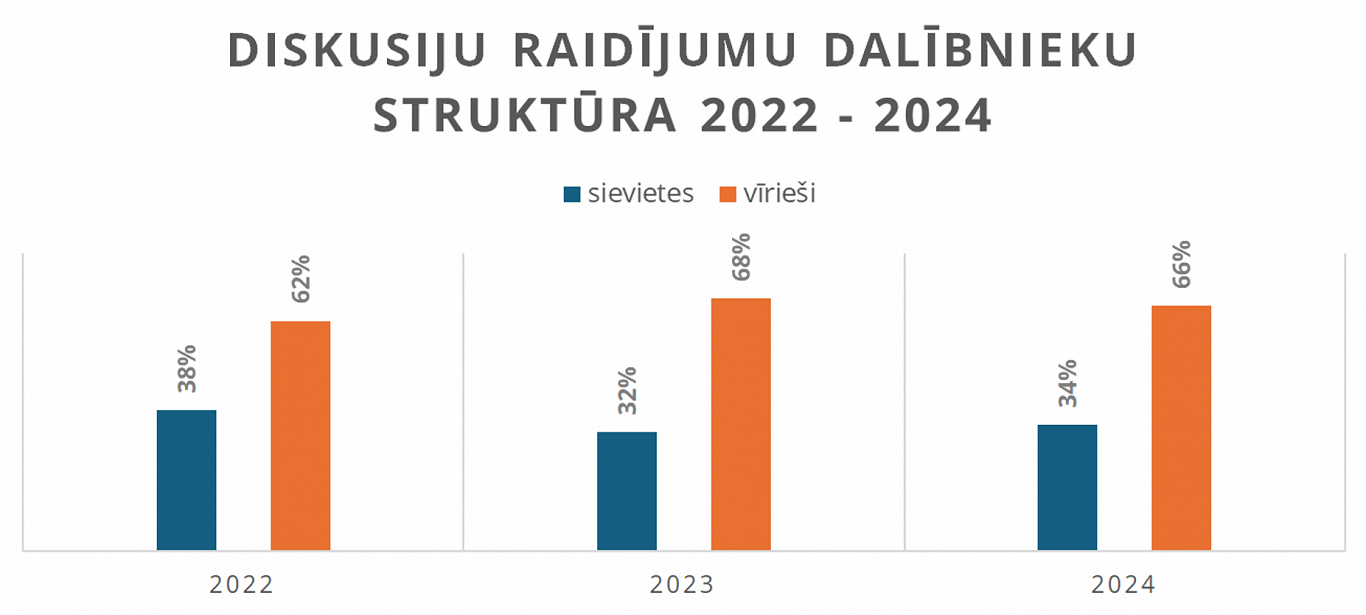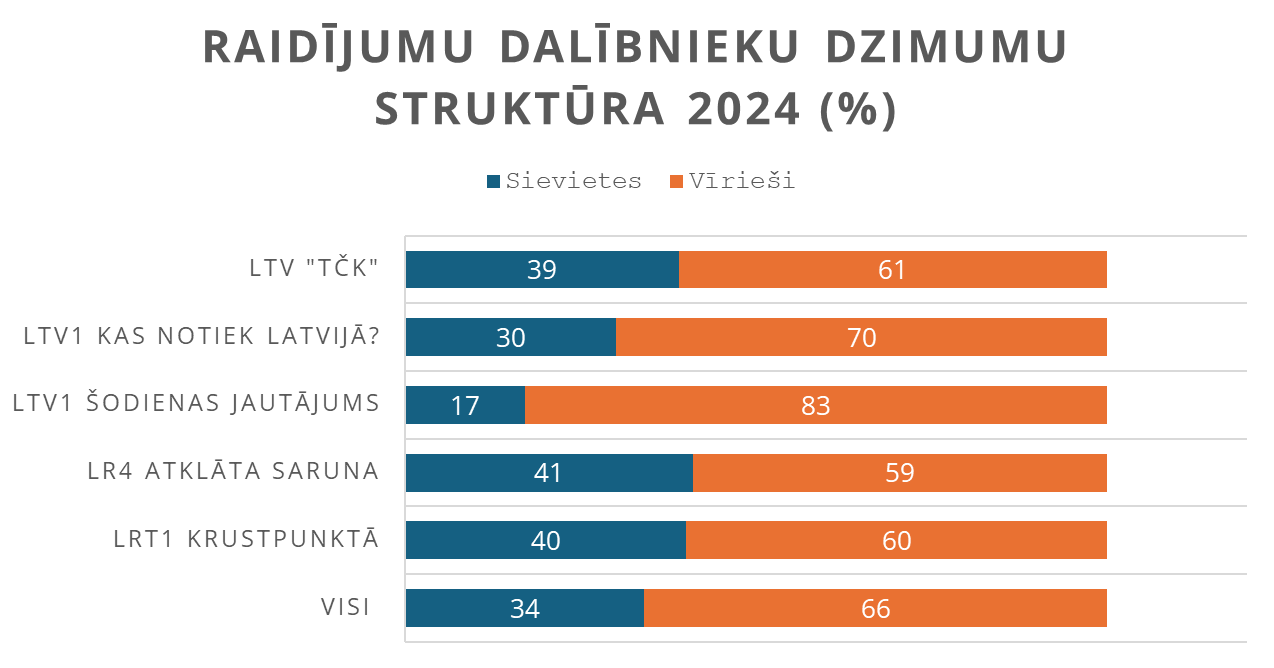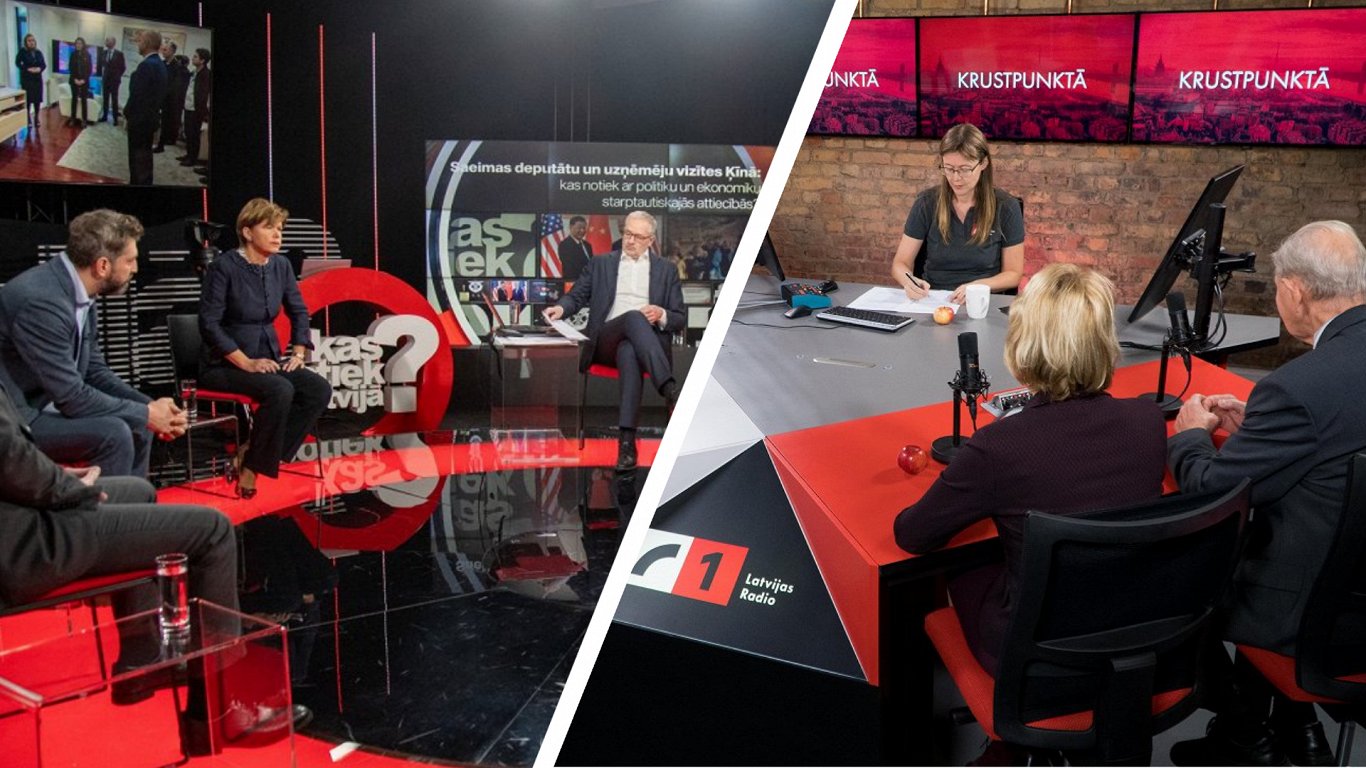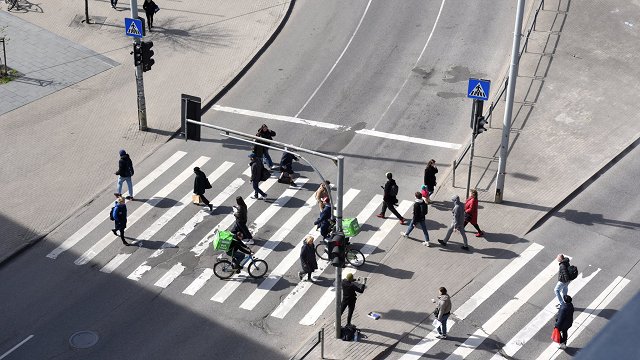This study aims to find out whether all groups in society have access to the debate on issues of importance, assessing how they can exercise their rights to freedom of expression and public participation, and whether public media debates reflect the diversity of society.
The role of the public service media is to offer a competent and diverse debate, involving participants who are knowledgeable about the issues under discussion. The expertise of the panelists and their ability to share their knowledge with the public, using data, reasoned arguments and an in-depth understanding of the subject under discussion is essential. This is why, in this study, we also determined the relevance of the participants' position and education to the topics under discussion. We found that the education of politicians and political appointees was more often not relevant to the topic of discussion, raising questions about the quality of the content of some discussions.
The content of the public media includes many formats involving citizens, business people, experts in various fields, and representatives of non-governmental organizations (NGOs). However, an analysis of the diversity of participants in major public policy debates shows that there is a lack of programs where those who are affected by decisions taken by politicians and officials on issues affecting different groups and their different interests can express themselves and offer their perspectives.
Much debate, mostly men
This is the third year that we have analyzed the diversity of participants in public media discussions - Latvian Television, Latvian Radio, and Rus.LSM.lv - by assessing the opportunities for both sexes to participate in discussions of issues of importance to society as a whole. The overall data shows that the number of women ranges from 32%-38%, men from 62%-68%.
Although the format, main objectives and number and structure of participants vary slightly from program to program, the trends are broadly consistent.
In 2022, 236 broadcasts were analyzed (LTV "What's Happening in Latvia?", "Today's Question", "TČK" (in Russian)), with a total of 745 participants. Increasing the number of programs and refining the sample does not significantly change the sex ratio of participants.
In 2023, 99 broadcasts and their 389 participants were analyzed, with the addition of LR1's discussion "Krustpunktā" to the range of LTV programs.
In 2024, LR4's discussion "Open Conversation" (in Russian) was also included in the range of programs analyzed, with a total of 127 broadcasts and their 451 participants analyzed. Each year, the data was collected between November and April. This study analyses all broadcasts on Wednesdays from November 1, 2023 to April 30, 2024. The number of women in the LR and Rus.LSM.lv discussions, regardless of platform, are relatively higher.
The structure of the participants is influenced by a number of important factors: editorial considerations, the chosen topic, the availability of the participants, their competence, and the gender structure of MPs and various public officials.
The sex distribution is seen in the figure below (women in blue, men in orange).

The 2024 study shows similar overall data to previous trends. While similar themes are often discussed and participants recur across platforms and channels, women are more likely to participate in LR1's "Krustpunktā" (2024 - 40%; 2023 - 32%) and LR4's "Open Conversation" (2023 - 41%). Among the LTV programs included in the study sample, women are the least likely to participate in LTV1's "Today's Question" (2024 - 17%; 2023 - 19%) and "What's Happening in Latvia?" (2024 - 30%, 2023 - 26%). Women are relatively more often present in discussions on TČK (2024 - 39%, 2023 - 34%).
The gender distribution across different talk and debate shows is depicted below (women in blue, men in orange).

The overall data on the composition of the participants in the discussion programs show that the most frequent participants were politicians and officials, experts and representatives of non-governmental organizations with professional interests. Only a few representatives of the public have spoken on the programs during the half-year, with only LR4's "Open Conversation" and Rus.LSM.lv's "TČK" inviting them.
In general, the structure of participants in public media debates is homogeneous and does not reflect the diversity of society, either in terms of status or gender. There are not enough opportunities for public representatives and citizens to participate in the debates.
In the majority of cases, men take part in the debates, which, due to their format, are mainly attended by politicians and officials, as journalists follow their duty to hold those in power to account. Women's perspectives are less represented, they are invited to discussions in the context of their professional work and expertise, explaining important issues, but much less often represent the positions of decision-makers. Although important decisions affect society as a whole and are mainly discussed by men, women are more likely to participate in discussions on issues that reflect social developments. There is a lack of discussion formats in which representatives of different groups in society can participate on an equal footing with officials and politicians.
To some extent, the structure of participants in discussions also reflects the structure of those in positions of authority in important political and public institutions. However, it is up to journalists not only to act in a wider range of professional roles (currently dominated by the watchdog role of scrutinizing the performance of politicians and officials), but also to ensure that the public debate is driven by multiple aims and objectives, including a targeted and impartially selected range of participants discussing issues of public importance in a multifaceted way.
The writer Anda Rožukalne is an associate professor of Riga Stradiņš University and serves as the current Latvian public electronic mass media ombud, whose role, according to the law, is to "monitor the conformity of the services provided by public electronic mass media with the objective laid down in Section 1 of this Law and the basic principles for the operation of public electronic mass media laid down in Section 3 of this Law, the code of ethics and editorial guidelines of public electronic mass media and, upon its own initiative or on the basis of the submissions of persons, provide an opinion on the conformity of the programs and services of public electronic mass media with the abovementioned documents, and also perform other functions laid down in this Law." You can read the full laws HERE. As part of Latvian public media, LSM, including this English-language portal, comes within the remit of the ombudsman.
The author Sandra Sprudzāne is the lead researcher of the Rēzekne Academy of Technology and an expert of the public media supervisory body (Public Electronic Mass Media Council, SEPLP).
































